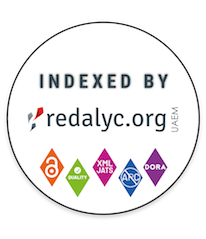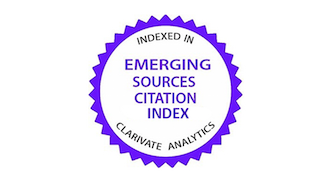Common problems in the statistical analysis of the agronomic information.
DOI:
https://doi.org/10.15517/am.v11i2.17324Abstract
Some of the most common problems in the agricultural information analysis are discussed. The correct form to utilize the factorial experiment analysis and the alternatives to substitute multiple comparisons are emphasized. The role played by the multiple comparisons on the agronomic research is reviewed giving valuable options to improve the obtained information. Inconsistencies obtained from quantitative treatments are also discussed. Recommendations about the correct form to analyze and interpret information are given.
Downloads
References
CAMACHO, J. A; CARBONELL, E. A.1995. Estadística e investigación agraria: Problemas existentes. Investigación agraria 8 (3): 293-309
LAUCKNER, F. B. 1989. Survey of the use of statistics in agricultural research journals. Tropical Agriculture, 66 (1): 2-7.
LITTLE, T. M. 1981. Interpretation and presentation of results. Horticultural Sciences, 13 (5): 504-506.
Downloads
How to Cite
Issue
Section
License
1. Proposed policy for open access journals
Authors who publish in this journal accept the following conditions:
a. Authors retain the copyright and assign to the journal the right to the first publication, with the work registered under the attribution, non-commercial and no-derivative license from Creative Commons, which allows third parties to use what has been published as long as they mention the authorship of the work and upon first publication in this journal, the work may not be used for commercial purposes and the publications may not be used to remix, transform or create another work.
b. Authors may enter into additional independent contractual arrangements for the non-exclusive distribution of the version of the article published in this journal (e.g., including it in an institutional repository or publishing it in a book) provided that they clearly indicate that the work was first published in this journal.
c. Authors are permitted and encouraged to publish their work on the Internet (e.g. on institutional or personal pages) before and during the review and publication process, as it may lead to productive exchanges and faster and wider dissemination of published work (see The Effect of Open Access).



























